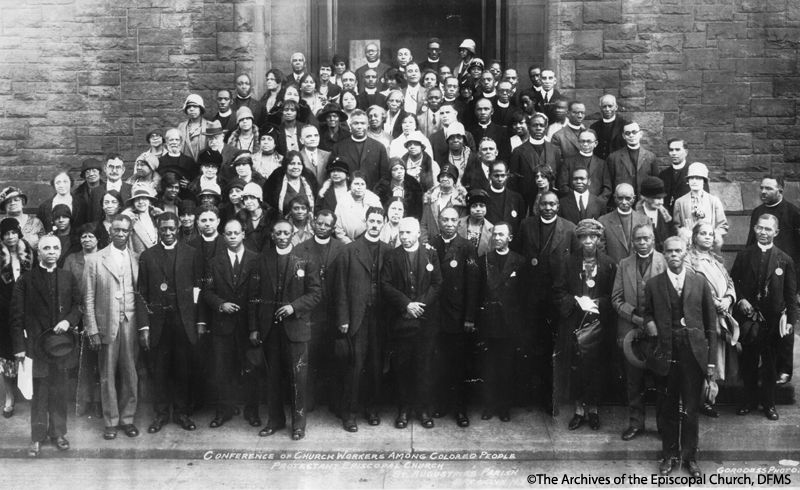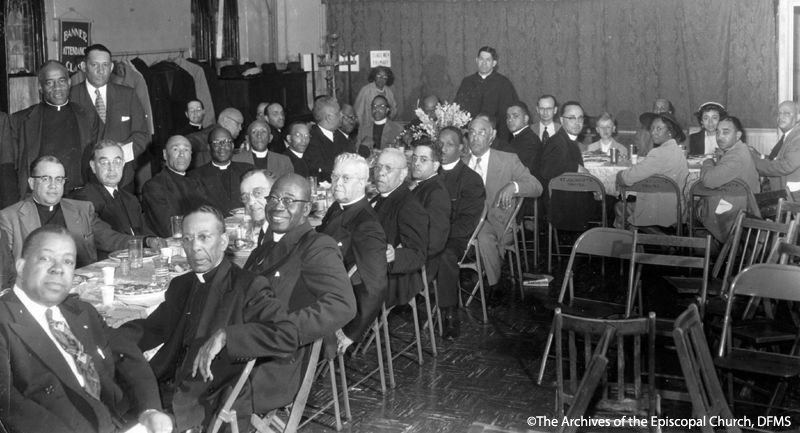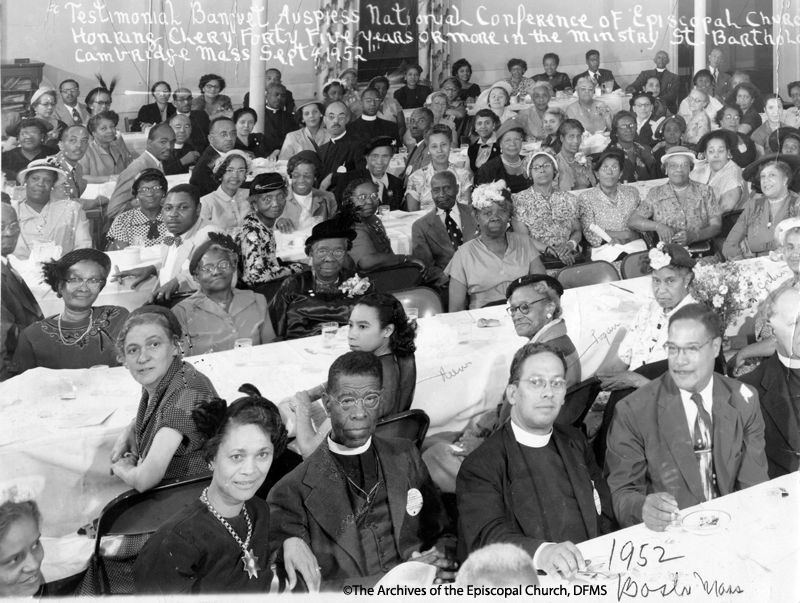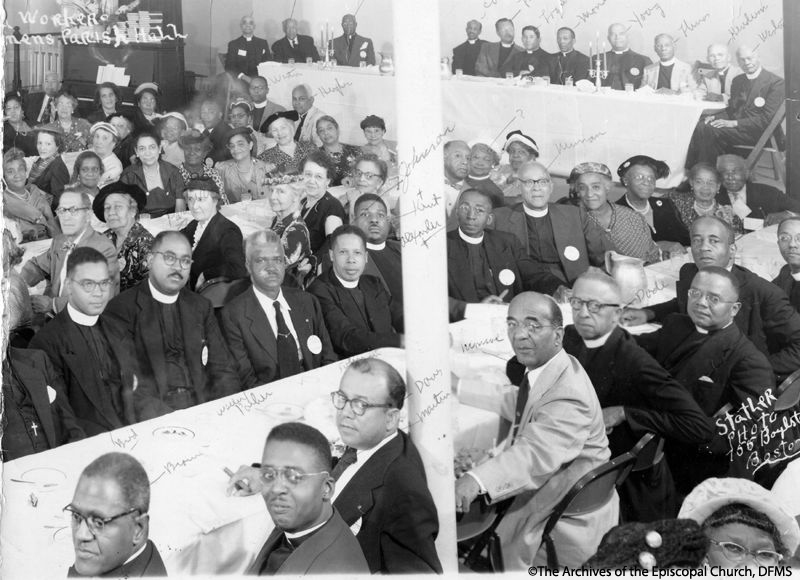Conference of Church Workers Among Colored People
Although segregated, African-American Episcopalians built vibrant and active parishes and continued to press for a voice in the larger Episcopal Church. The Conference of Church Workers Among Colored People (CCWACP), a largely Black organization, began to press the General Convention for full inclusion shortly after its establishment in 1886. The CCWACP, originally organized by John Peterson, a teacher and deacon at St. Philip’s Church in Harlem, and Alexander Crummell as the Convocation of the Colored Clergy in 1882, included clergy and lay persons and sought to fully integrate Black Episcopalians into the life of the Church. It also strove to improve social conditions for African-Americans in American society. This differed from the mainstream Church, which had not yet sought to challenge the Jim Crow division of American society. George Freeman Bragg Jr. served as CCWACP’s secretary and historiographer for thirty-five years. In 1882 Bragg founded The Lancet, a weekly newspaper for African-Americans, in which he recorded the activities of CCWACP.
Over the years, the annual conference meetings served to unite and connect isolated Black clergy and laity who were spread across the country. Members were able to draw strength and inspiration from one another. In 1954 a special meeting was held in Washington where members debated the continued existence of the CCWACP. Almost all believed that the work should continue but that perhaps the conference should be integrated itself and continue to further the goal of integration. CCWACP continued to function until the mid-1960s and laid the foundation for a group called the Union of Black Clergy and Laity (UBCL), which was later renamed the Union of Black Episcopalians (UBE). [Sources]





